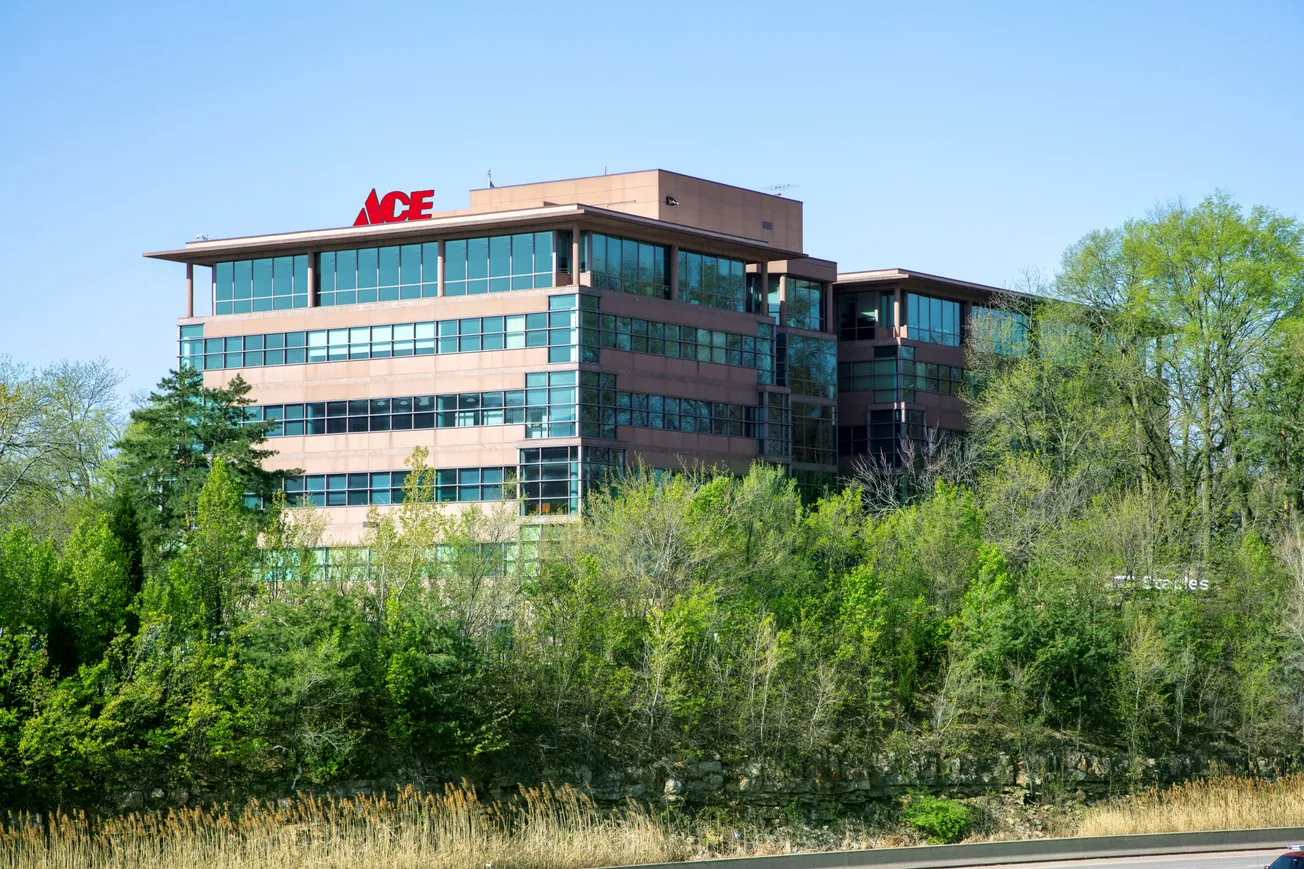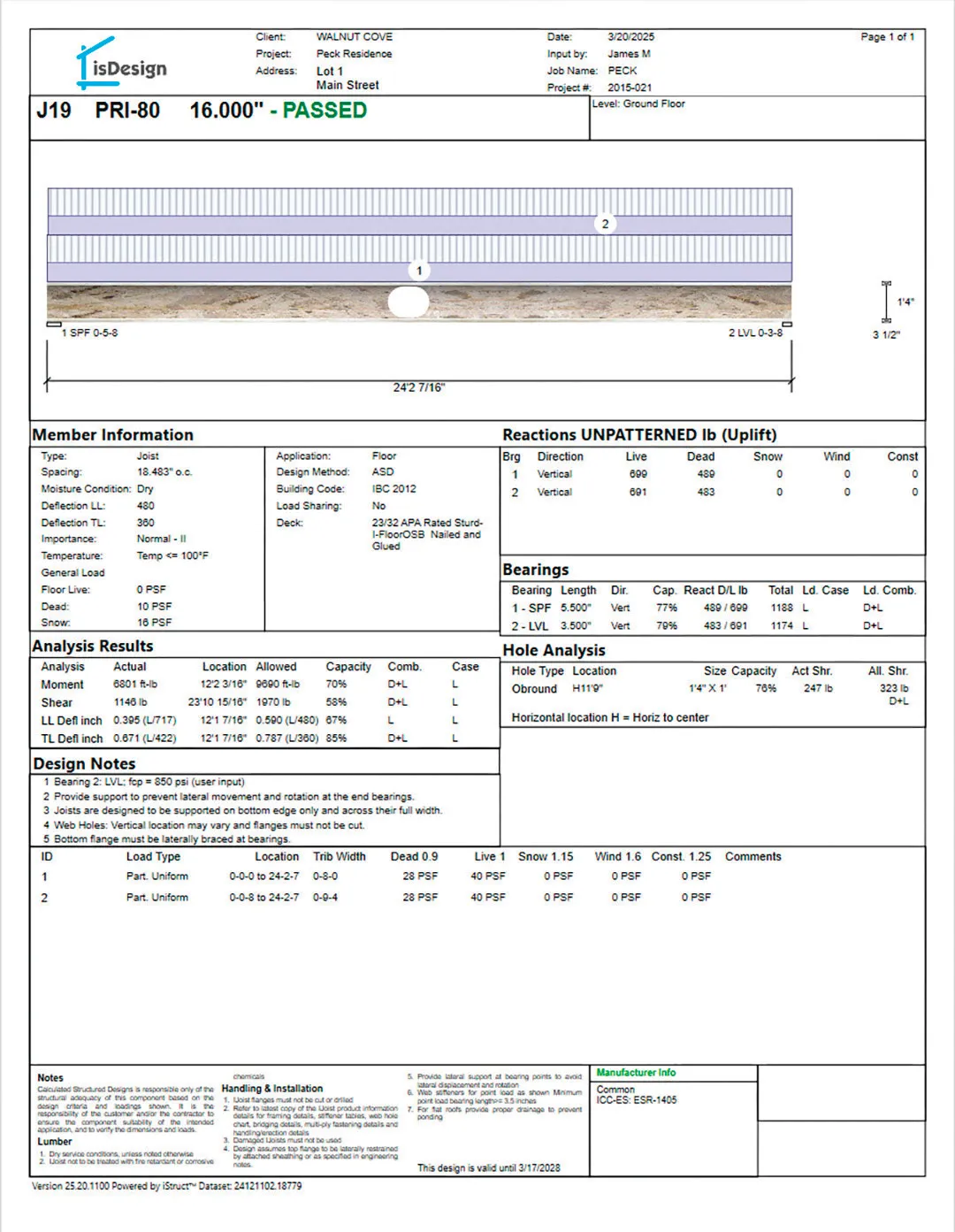Table of Contents
The U.S. Department of Agriculture appointed six new members to serve on the Softwood Lumber Board. The appointees will serve three-year terms beginning Jan. 1, 2025, and ending Dec. 31, 2027.
Newly appointed members are:
• Trey Hankins, Hankins, Inc., Ripley, Ms. (U.S. South, flex seat/small company)
• Kimberli C. Scott, Collum’s Lumber Products, Allendale, S.C. (U.S. South, flex seat/small company)
• Marc Brinkmeyer, Idaho Forest Group, Coeur d’Alene, Id. (U.S. West, large company)
• Vaughn Emmerson, Sierra Pacific Industries, Anderson, Ca. (U.S. West, large company)
• Susan Yurkovich, Vancouver, B.C., Canada (Canada West, large company)
• Jerome Pelletier, J.D. Irving, Saint John, NB, Canada (Canada East, flex seat)
The Softwood Lumber Board has 14 members, including 10 domestic manufacturers and four importers. Members can serve up to two consecutive three-year terms.
Since 1966, Congress has authorized the development of industry-funded research and promotion boards to provide a framework for agricultural industries to pool their resources and combine efforts to develop new markets, strengthen existing markets and conduct important research and promotion activities. AMS provides oversight of 22 boards, paid for by industry assessments, which helps ensure fiscal accountability and program integrity.
AMS policy is that diversity of the boards, councils and committees it oversees should reflect the diversity of their industries in terms of the experience of members, methods of production and distribution, marketing strategies and other distinguishing factors, including but not limited to individuals from historically underserved communities, that will bring different perspectives and ideas to the table. Throughout the full nomination process, the industry must conduct extensive outreach, paying particular attention to reaching underserved communities and consider the diversity of the population served and the knowledge, skills and abilities of the members to serve a diverse population.






